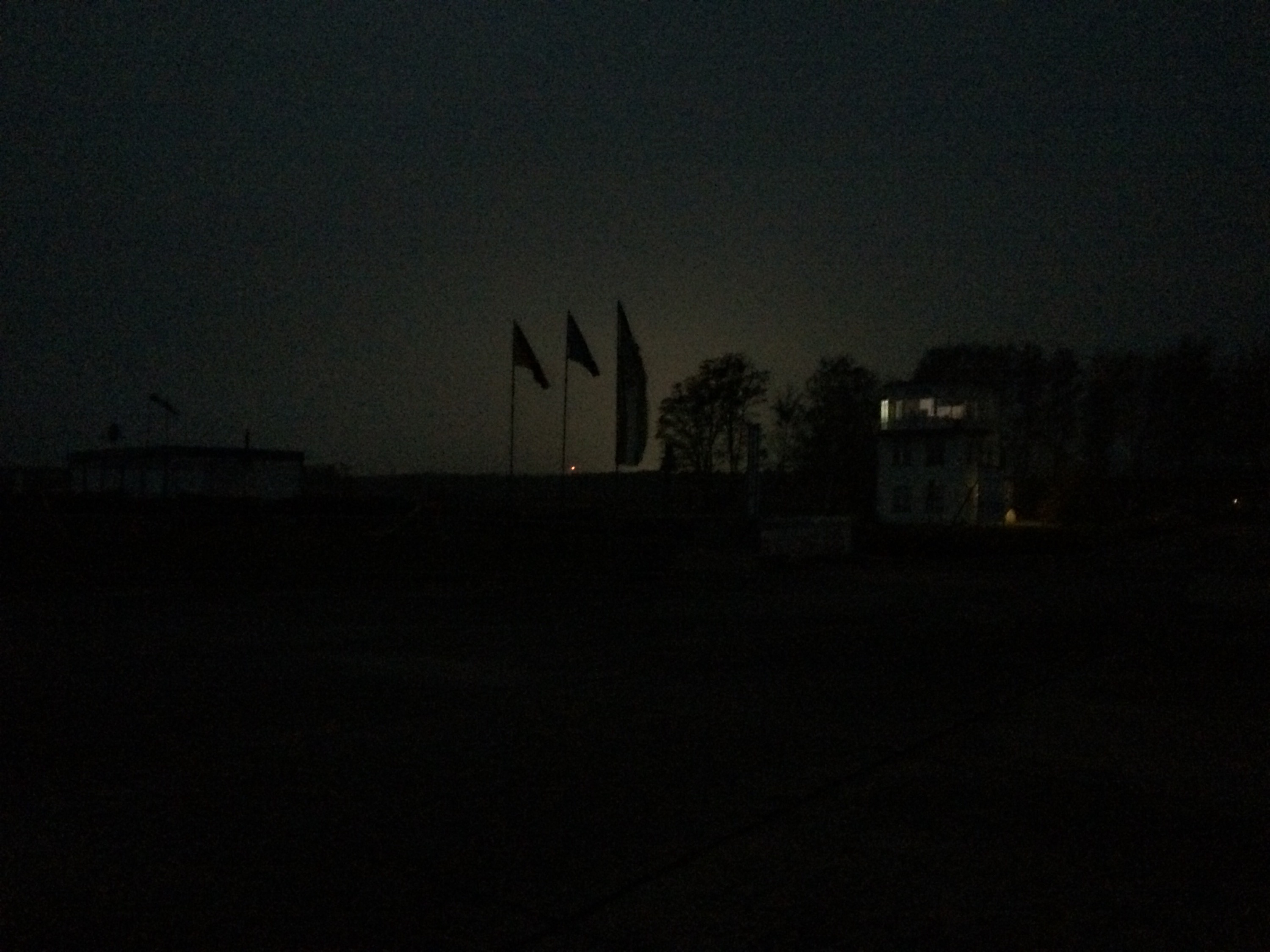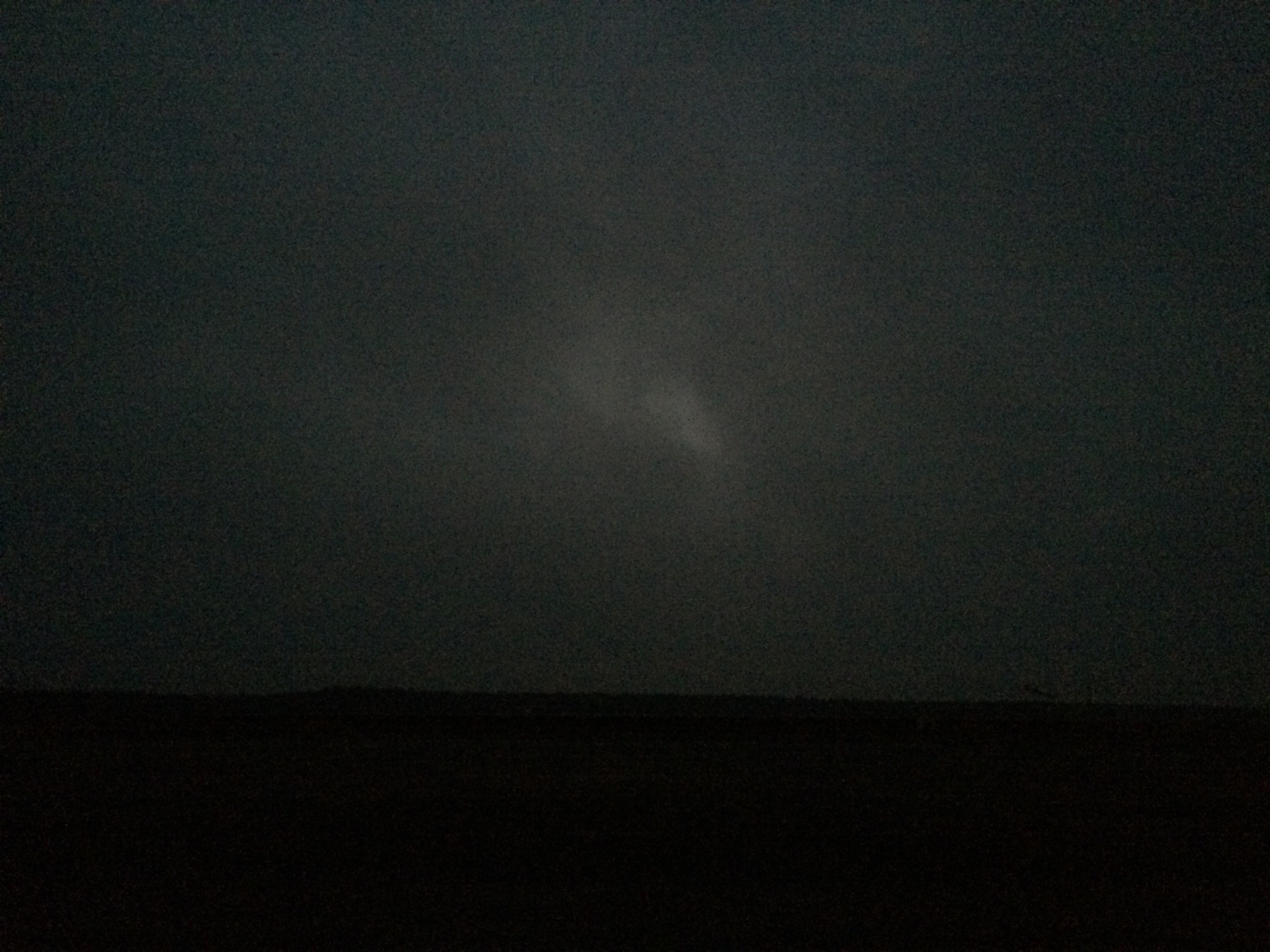Believe GAFOR
location: EDAV
Equipment: Mark I eyeball
Wind: 170°, 6kts
The evening is sunny, visibility is great and the clouds are high. I’m getting ready for a night VFR training flight. Two days ago we had a full moon. So I don’t expect the night to be pitch black. Good training conditions.
When I do my flight planning in the afternoon, I check the METeorological Aerodrome Report (METAR) for the near by international airport. Low winds, great visibility, few clouds. When I check the less detailed General Aviation FORecast (GAFOR), I am surprised to see marginal conditions in my area.
GAFOR has the country split up in regions. My local area is number 18 and stretches from the Big City to the north and the east. Weather can be a very local thing and I always try to combine different sources to get a better picture.
When I call the airport, conditions over there are okay. A cold front is not expected to get to our area until tomorrow. So I decide to go.
I catch a bit of the evening rush hour out of the city. When I finally make it to the outskirts and onto the highway, most of the other traffic slowly disappears. And so does the visibility. I’m driving into fog which seems to be coming out of nowhere. When I finally arrive at the airport, I can not see the end of the runway from the tower. Taking off is out of the question.

 Back home I see the bright moon and the glittering stars from my balcony. I toast them with my beer and go to bed.
Back home I see the bright moon and the glittering stars from my balcony. I toast them with my beer and go to bed.
To be continued…


